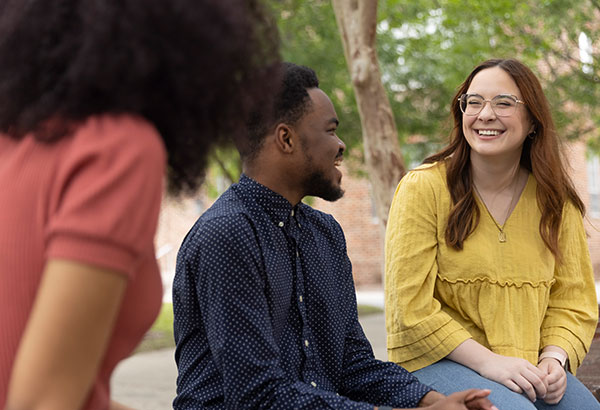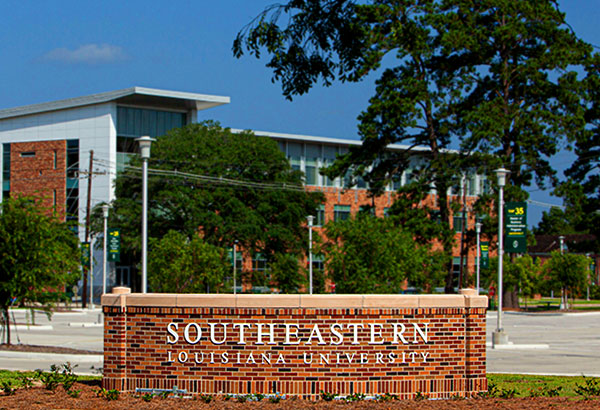Southeastern > Academics > Academic Programs > Experiential Learning > News & Events > The “Perfect Fit”: Tailoring Reflection to Your Class
NEWS & EVENTS
More news stories
APRIL 18, 2024Differentiated Instruction Online: Questions and Answers
Aligning Course Practice with "Eight Principles of Experiential Learning"
Me, Too: Experiential Learning for Instructors
Awareness of Risk in Experiential Learning
Understanding Student Fears
FAQs in Online Experiential Education
The “Perfect Fit”: Tailoring Reflection to Your Class
Monday, April 24, 2017
Elizabeth Sanders, MLIS
Reference/Instruction Librarian at Sims Memorial Library, EL Team Member
The role of reflection is one of the most frequently discussed topics in experiential learning, especially in skills based classes. For many instructors, reflection assignments can be frustrating and leave them questioning whether their students are actually getting anything from it.
For students and teachers, reflection can be as uncomfortable and awkward as an ill-fitting jacket. Achieving that “perfect fit” requires some tailoring or tweaking. Believe me, I know reflection isn’t easy. I teach a skills based research class, LS102. About a year ago, two colleagues and I revised various assignments to increase experiential learning in our classes. Our biggest challenge was creating useful and meaningful reflections.
I want to share two big ideas that I have learned about reflection that I hope will help you find the right fit.
BIG IDEA ONE: LIFELONG LEARNING
Reflection as a tool for learning, particularly lifelong and integrated learning, was a topic of many presentations I attended this year. While I had always viewed reflection as important for making immediate connections, I hadn’t thought of it as a tool for these types of learning.
Yet, it makes sense in relation to Bloom’s Taxonomy, which describes different degrees to which learners demonstrate knowledge. Students often must move through the lower level activities (e.g. remembering, understanding) before they can successfully participate in higher level activities (e.g. analyzing, evaluating).
In our February 2017 Lunch-N-Learn, Lily Brooks distinguished between reflection as a vehicle for both lower order thinking skills and higher level thinking skills. In lower order reflections, students might recount events and supply only general statements or vague descriptions. In other words, students focus only on “what I did today.”
This level of reflection can be helpful in building knowledge. For example, when students are learning about keyword searching in my class, I ask them to create search phrases based on tools they learned from pre-class readings. Based on in class discussion, it’s often easy for them to mimic the proper format without understanding why we are using those tools. To further their understanding, I use this reflective question:
3. List each tool used above and briefly explain why you used them.
Asking them to reflect on their choices allows them to move from the general knowledge of what the tools look like to a more specific understanding of how they work and when they should be used.
In higher level reflections, students connect their experiences to course material, offer more evaluative statements, specific examples and analysis, and/or discuss applications to the future. In other words, students begin thinking beyond “what I did” to “what I will do.” From this level of reflection, students build and deepen connections that allow them to transfer knowledge between situations as well as critical thinking and problem solving skills.
For example, when my students are learning about field searching, I have them experience moving from a keyword search to a combination keyword and subject search. After they have completed that activity, I ask them this reflective question:
c. In a comprehensive paragraph, reflect on what you’ve observed. Make sure that your paragraph answers all of the following questions with supporting detail and explanation: Based on this knowledge, could you further narrow your results? How—and why might you decide to do so?
In this reflection, students describe what they have done, along with how they might react or respond in future research situations. This reflection allows students to supply real life examples from their experiences with research or tools used in our previous classes, thus further building connections to what we are learning.
BIG IDEA TWO: TYPES OF REFLECTION
In our February 2017 Lunch-N-Learn, Jack Bedell described three particular types of reflection and their potential uses, as well as included some sample questions. I knew I used different reflective prompts, but was unfamiliar with these different types. Which type(s) of reflection you use, and in what combination, will depend on what you hope to accomplish in your class.
Cognitive Reflection
Cognitive reflection is based on knowledge, whether from the course or prior experience. Bedell indicates that this type of reflection helps students make the abstract more concrete as they build connections between their book knowledge and their prior knowledge. This type of reflection also directly addresses the curriculum.
Sample Questions:
Were the goals and objectives of the EL activity accomplished? Describe how relates to X.
How has your EL related to course readings, discussions, and lectures in your courses? Provide specific examples
Did your understanding of course materials/course improve as a result of EL? Provide examples.
Affective Reflection
Affective reflection is based on feelings towards an experience. Bedell indicates that this type of reflection looks at how students’ attitudes and opinions have changed as a result of their learning. It can be motivational, as seeing positive changes encourages students to continue, but even negative experiences can help them develop greater insight and to see their own growth.
Sample Questions:
Would you do this again? Why?
Has this experience changed you? If yes, how?
What values/beliefs/opinions have changed for you?
Process Reflection
Process reflection is an analysis of the experience and its stages. Unlike the cognitive reflection, which fleshes out the abstract, process reflection helps students assemble a bigger picture than their individual experiences. Bedell gave as examples that students may write about how the experience helped them work better in teams or in understanding the consequences of particular actions.
Sample Questions:
What expectations did you have before, and were they met?
What would you change about your experience?
What were the benefits from participating in this activity?
Information Paraphrased from:
Bedell, J. and Brooks, L. (2017) Effective Prompts for Reflective Writing. Presentation at Lunch-N-Learn for Southeastern Louisiana University. Hammond, LA.
Grouse, A. (2016) Internship pathways for integrative learning. Presentation at the 45th National Society for Experiential Education Conference. San Antonio, TX
Loebick, K., Blalock, E., and Rivera, J.E. (2016) Integrations made visible with the use of ePortfolios. Presentation at the 45th National Society for Experiential Education Conference. San Antonio, TX






